Tesla autopilot: implementation strategy
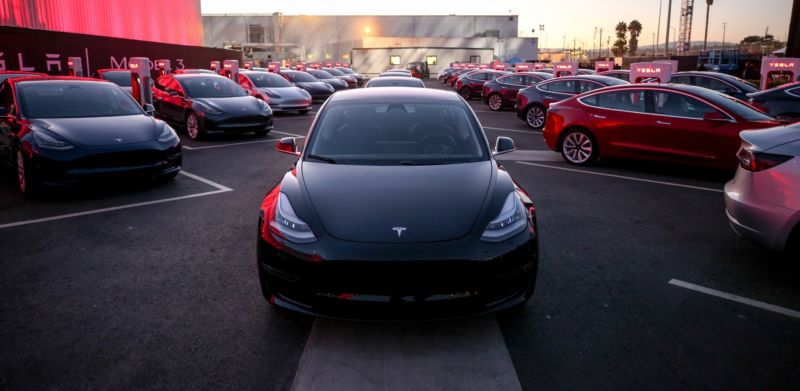
In January 2016, Elon Musk predicted that Tesla cars would be able to drive independently from the east coast of the United States to the west "in about 2 years," but this did not happen. Recently, the Tesla autopilot page has finally been updated, and in the opinion of its author, it can become so good that in the foreseeable future it will no longer require human control.
Tesla clings to old accepted wisdom
In 2014, Tesla began shipping the first generation of autopilot equipment. The Society of Automotive Engineers has published a five-level taxonomy of autonomous driving systems , which included the gradual transformation of driver assistance systems, known as “Level 2” in SAE, into fully autonomous systems that could work without human control, “Levels 4 and 5”. But in the last five years there have been major changes in the company's philosophy. Most automakers now view human control and full autonomous driving as completely separate independent sectors of the automotive market.
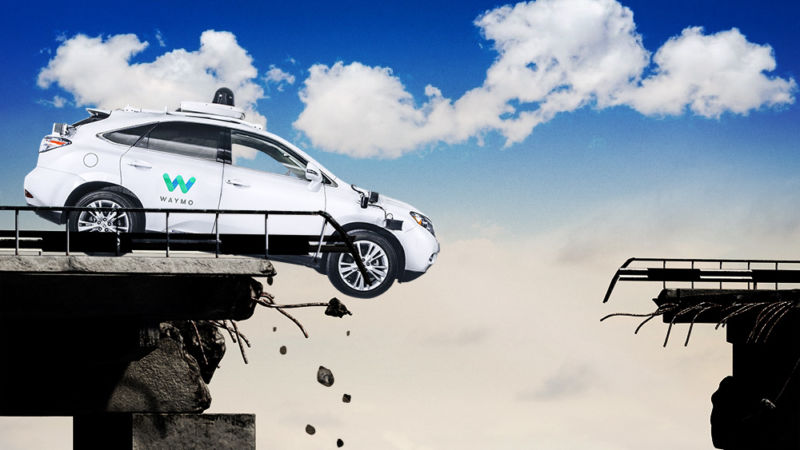
')
None of the companies have advanced autopilot as far as Google, whose autopilot project has been singled out as Waymo . Around 2012, Google engineers developed a highway driving system and allowed some ordinary users to test it. Drivers were warned that the system was not yet completely autonomous, and they were instructed to constantly monitor the road. But the self-management team found that users too quickly began to trust the system . Car cameras have shown that users-controllers are asleep or communicate on a mobile phone, head down. And it created a big risk for their safety.
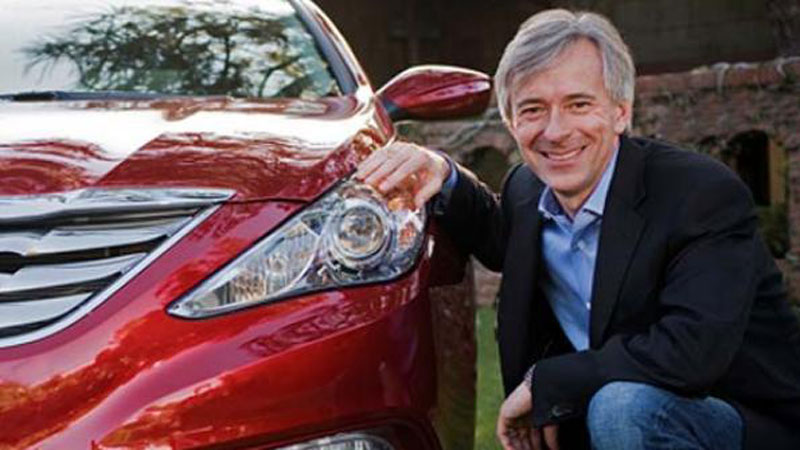
"It is difficult to win, because beta testers have lost contextual awareness," said Waymo CEO John Krafchik in 2017.
Thus, Google abandoned plans for a project to help the driver on the highway and decided to take on another kind of unmanned traffic - a taxi service, which will initially be distributed in the metropolitan area of Phoenix (Washington DC). There are wide, well-marked streets, and snow and ice there are extremely rare. Providing autopilot services in Phoenix should be much simpler than developing a car with autopilot with its use in different cities.
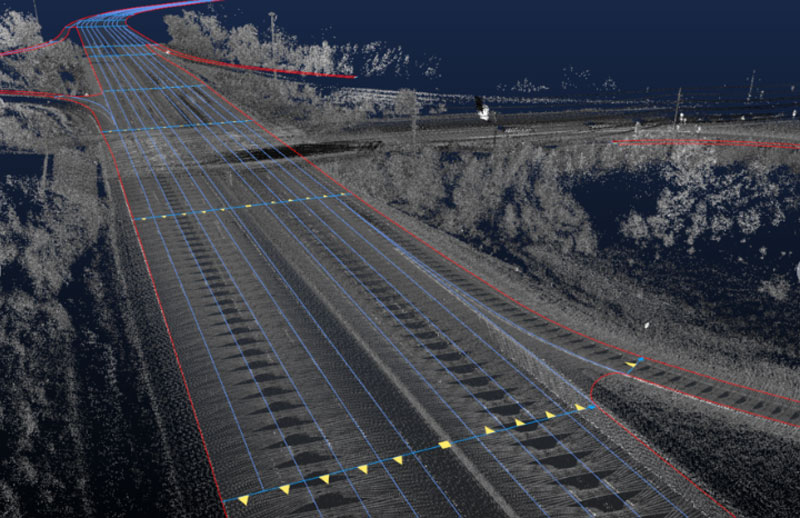
There are other benefits to this approach. Cars with automatic control receive information from the database of high-resolution maps . Collecting map data in one area of the city is much easier to do than trying to make a map of the whole world. Such cars do not use lidar orientation sensors, costing tens of thousands of dollars, which significantly reduces the cost of the car. The proposed cost-effective project is more viable for taxi services without a driver, as the autopilot system replaces the expensive live taxi driver.
Over the past three years, most other companies working on self-driving technology have followed Waymo's lead. So in 2016, General Motors bought a startup called Cruise and began working on creating an autonomous taxi service in San Francisco. In 2017, Ford made a similar bet on Argo , and now the company is developing a project for an autonomous taxi service in Miami and Washington.
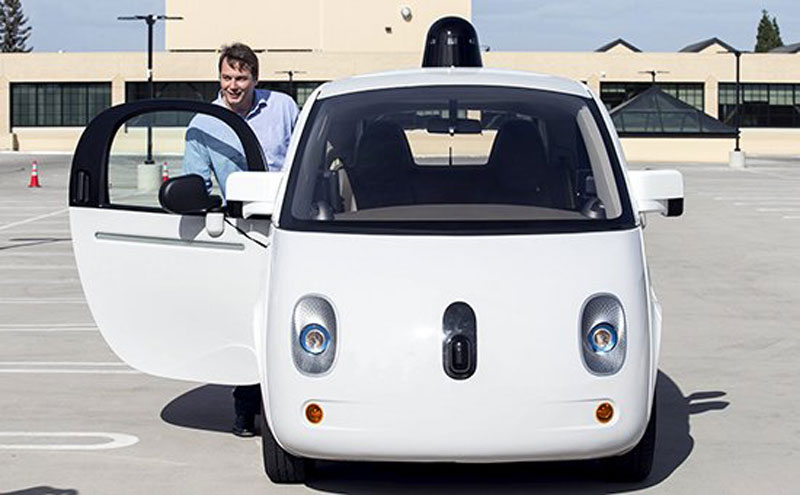
Volkswagen and Hyundai made a deal with a startup Aurora , co-founded by Chris Urmson, the former leader of Google’s self-driving project, to develop fully autonomous taxi services. Technology companies, such as Uber and Zoox, also plan to introduce autonomous taxi services.
Tesla's business model
Tesla, meanwhile, is stubbornly pushing ahead with his original strategy. For two years, Tesla charged customers $ 3,000 for a package with full self-driving. But progress has been slow. And this put Tesla in a dead end. The abandonment of the old strategy will most likely require a refund to customers who have paid for the “Self-driving” package, which was ultimately inconvenient and expensive. Instead, Tesla's decision was to change the strategy.
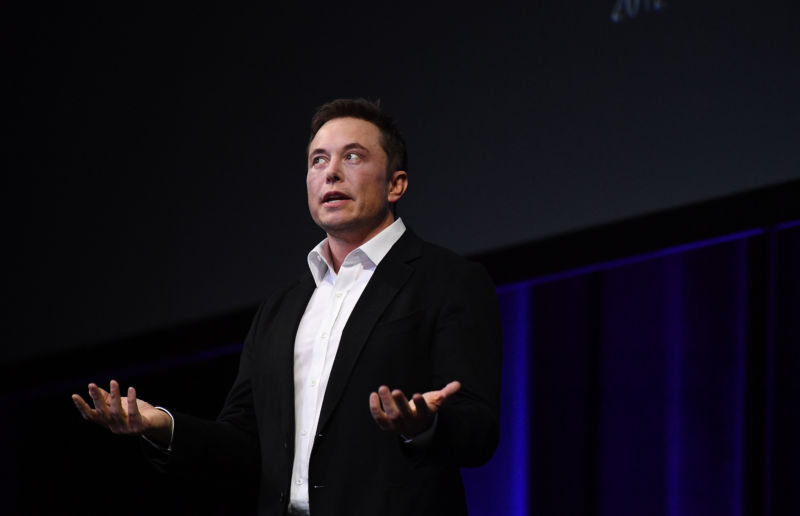
"We already have all the opportunities for autopilot driving on motorways," Elon Musk said in January.
“Thus, now we can drive autopilot not only directly on the highway, but also make turns at junctions and side roads.” Obviously, the driver must follow the car so that it does not crash.
Last week, Tesla announced a reshuffle of the autopilot price structure, which reflects this new, more generous definition of full self-driving. Previously, driver assistance functions were sold as part of the Tesla extended autopilot level, which cost $ 5,000. Customers can pay an additional $ 3,000 for the "Independent Driving" package. But people who have already paid for this package, have not received any additional functionality. They were waiting, well, in general, "full driving", because machines capable of behaving without human supervision.
The new pricing structure defines full independent driving in different ways. For example, the ability to navigate the interchanges on the freeway has been changed from “Extended autopilot” in the old pricing structure to “Full independent driving” in the new one. Later this year, Tesla with the “Full Self-Driving” package will be able to “recognize traffic lights and stop signs and respond to them,” as well as perform “automatic driving through the city streets”.
Consequently, Tesla now seems to define “full independent driving” as a system that can cope with most road conditions under the supervision of a human driver. Tesla is still seeking to improve the system so much so that - ultimately it can work without human control. But at the same time, the new pricing structure makes things more comfortable for the user, since Tesla can now claim that customers have already received “full self-driving” features, such as the ability to stop at the stop signs.
Tesla's strategy can cripple people
In terms of business strategy, the Tesla shift has a definite meaning.
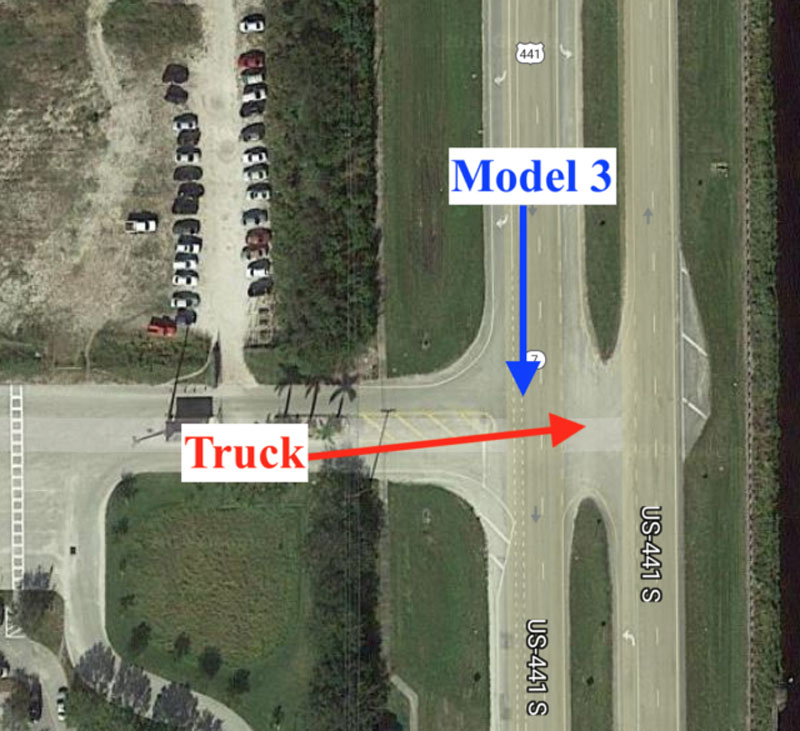
Recall the story of how early beta testers of Google put on makeup or messing with their phones when they were to follow the prototypes of Google cars. It is really difficult for a person to pay attention to the road when you go by car, which basically moves by itself. The better the technology of self-driving, the easier it is for the mind of the driver to lose vigilance and the less likelihood that he will be ready when intervention is required.
This dynamic had tragic consequences a year ago, when a Uber car knocked down and killed a pedestrian in Tempe, Arizona. Video from the DVR shows how the security driver looked down on his knees for a few seconds before the accident. The recordings from Hulu show that at that time she was broadcasting a television show on her phone.
Leading car companies are taking a number of precautions to avoid repeating this tragedy. Safety drivers undergo extensive training before they are allowed to get into the car. Some companies limit the hours of operation of their drivers. Many companies place two people in each car - one at the wheel, and the other - a “navigator”, ensuring that the driver remains alert.
Tesla's plan is to essentially launch a large-scale project to test driverless cars, using its customers as unpaid security drivers. Drivers do not receive real training about the dangers of inattentively using the autopilot. Tesla does not limit the number of hours people can drive a car, and the company obviously does not hire someone to sit in the passenger seat.
Tesla takes several important precautions. Tesla's car detects whether the driver’s hands are on the steering wheel and issues a series of incremental warnings, which eventually stops if the driver ignores them. Messages on the screen warn drivers about the dangers of inattentive driving.
However, there is reason to doubt that these measures are sufficient for drivers to carry out their tasks. And this problem will only get worse as the autopilot begins to move around the interchanges on the freeway, turn and stop at traffic lights. If your car safely takes you home from work for 100 days in a row, of course you can dull a little. But if the car makes a serious mistake during the 101st trip, you may not pay enough attention to intervention and accident prevention. Just a few seconds of inattention, and you can skip the deadly mistake.
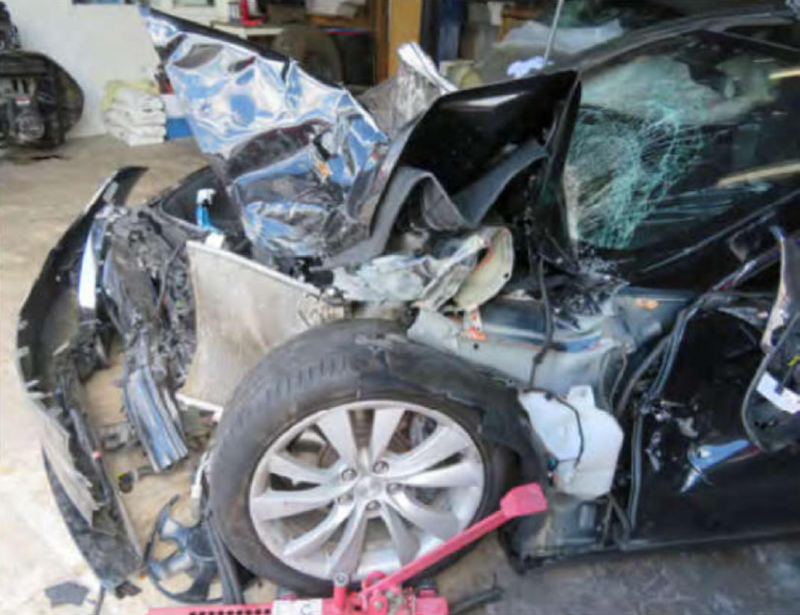
Tesla owner Walter Huang died in March 2018 after his model X headed into a concrete lane at a speed of 70 miles per hour. Low-contrast lanes forced the vehicle to leave its lane and move to the “mountain zone” - the triangular zone of the asphalt road that separated the motorway lanes from the lane. If Juan did not expect Model X to make this particular mistake, it would be easy to assume that it was a part of the journey that did not require his close attention.
Musk argues that the testing period will be quite short, because soon the technology will be much safer than a human driver. “When do we think it is safe for full self-driving?” Probably closer to the end of the year, ”said Musk. But it looks like another of the overly optimistic forecasts. The lack of orientation sensors (lidars) will complicate autopilot driving. Lidar helps ensure that the car is not heading directly into large obstacles, such as concrete partitions or other vehicles. Most recently, in October last year, the Autopilot still crashed into stopped cars.

Nevertheless, even with a lidar and Tesla's many years ahead, Veimo struggled to get a job without a driver in one metropolis. Tesla is working to achieve fully autonomous operation in a wide range of transport and weather conditions on different continents. It is very difficult to believe that this will happen in 2019.
Source: https://habr.com/ru/post/442986/
All Articles